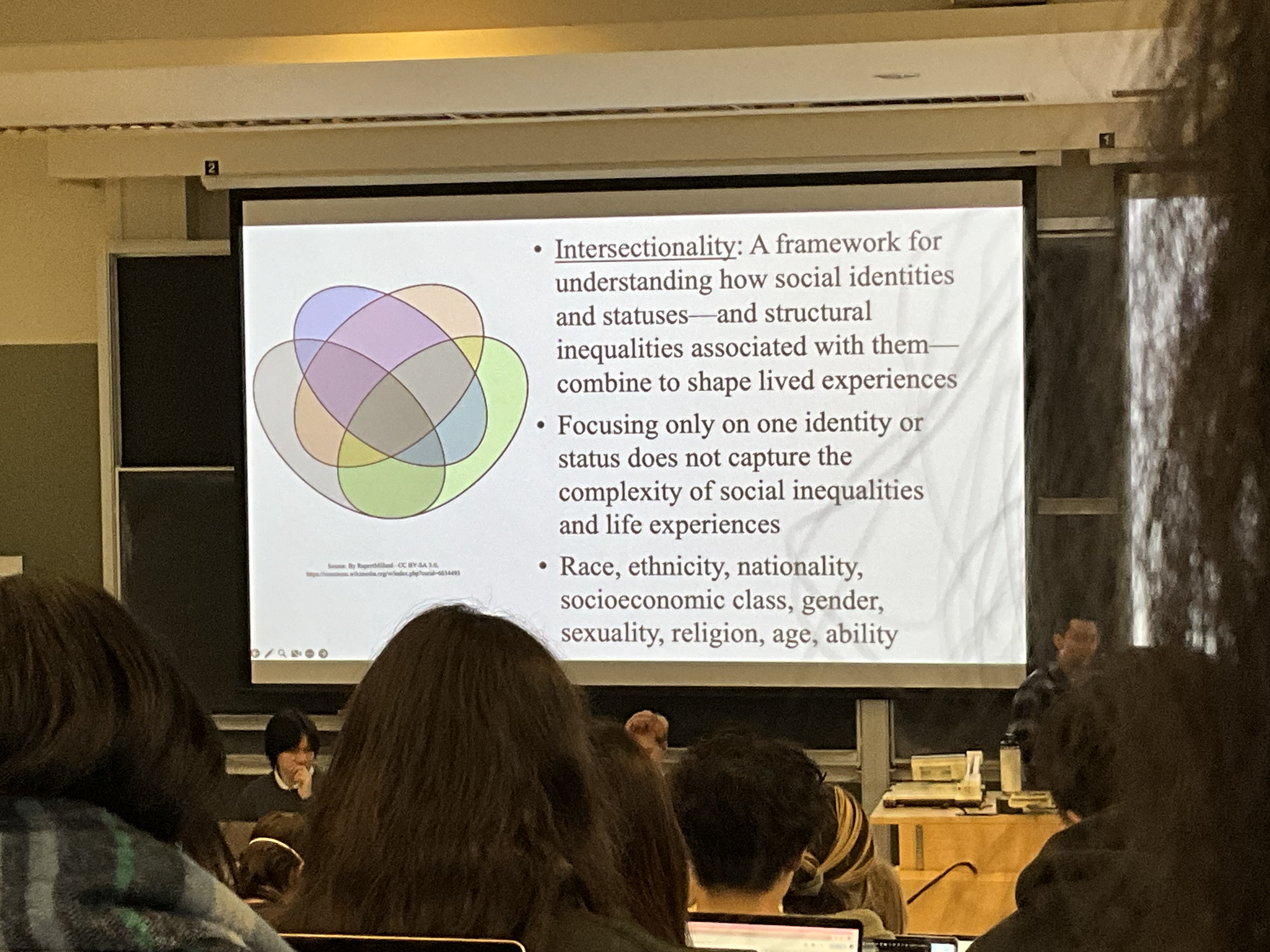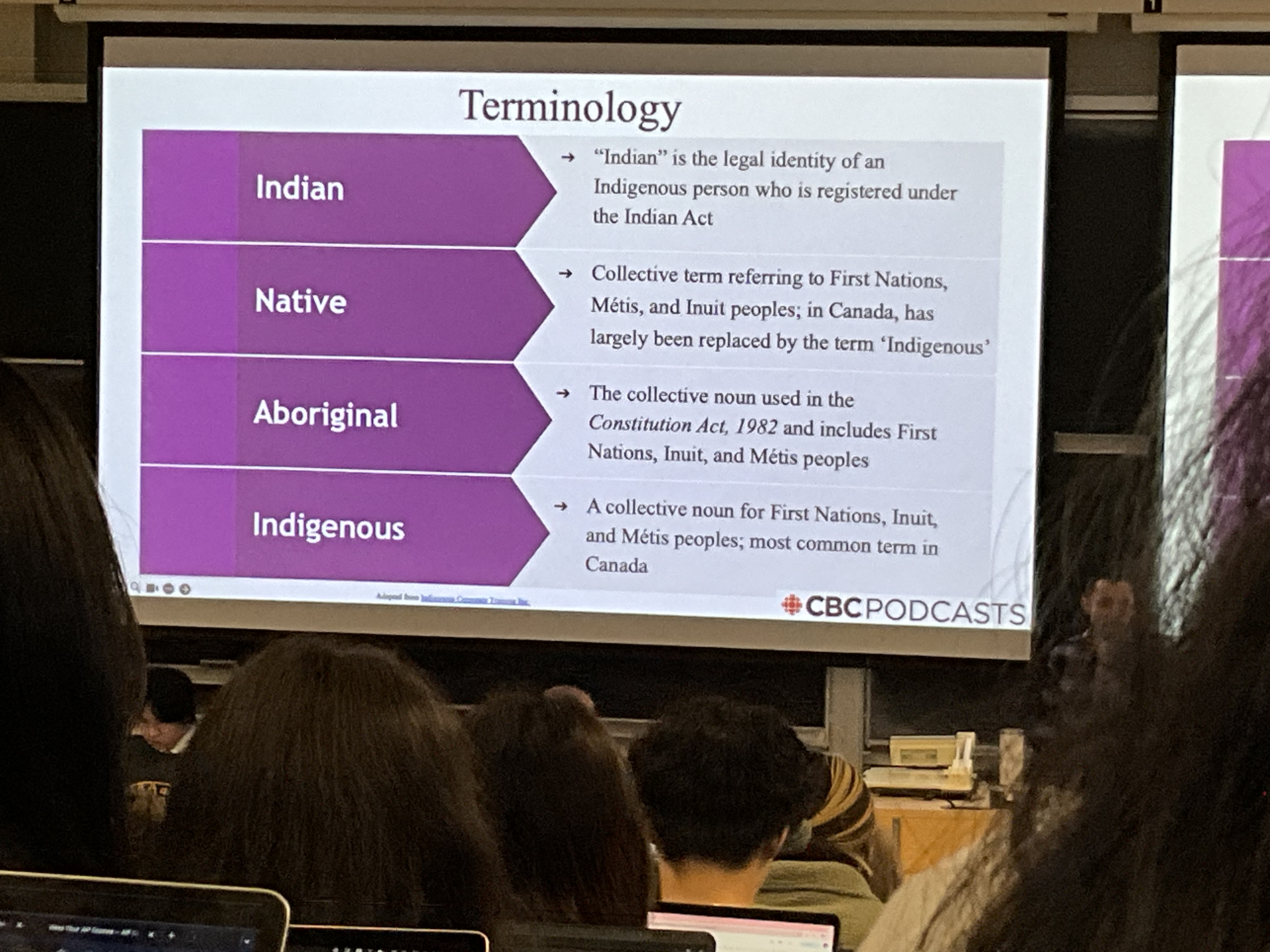SOCI 101 10.15
10.15
MIDEXAM
Learning Goals
• To understand:
•Key terms including race, ethnicity, ancestry, and intersectionality
•How time periods and cultures shape how people understand race
• Social factors that are related to individual racial self-identification

What is Race?
- Race: a classification system based on physiological differences that societies consider socially significant
• Individuals self identify, but race is also socially imposed: individuals have no control over how other people perceive them【是自我认同,也是社会强加(人无法控制别人怎么想自己是什么种族)】
• How people perceive race is subjective and differs based on cultural, geographical, and historical context
• Individual racial identities can be fluid over time
Video:The origins of race
podcast in sllybus 会在exam中
Distinct Racial/Ethnic Classification Systems
• Brazil: racial identity is defined by phenotypical markers (like skin colour) more so than ancestry
Race over Historical Time Periods
- Many people today considered "white" were not considered fully white in the past
• Social understandings of race change over time within the same society
Individual Fluidity
• Racial/ethnic identities are typically stable, although level of stability depends on identity
• Place-based categories (e.g., West Asian) had low levels of stability
• "White" had the highest level of stability (97%)
• Higher education was associated with higher levels of stability
• However, economic status (income) was mostly unrelated to stability
• "We found that social statuses and experiences (mixed ethnic heritage, immigration status, and exposure to own-group members) were more predictive of race response stability and change than economic (income level and change in income) or personal statuses (education, age)" (13).
• "Immigrants who identify as visible minorities have especially stable responses. In this case, their immigrant experiences may amplify and simplify messages about which group is most appropriate to report, or experiences of exclusion may brighten and clarify race group boundaries"
(13).
• "A more stable identity when living near others in the same group could be caused by negative or positive stereotypes and experiences. People may be stigmatized as "racialized others" if they live in or move to a racially segregated area with a concentration of residents from their group... [And] [some residential clustering can be characterized by the formation of affluent "ethnoburbs" (e.g. Chinese Canadians in Markham and Richmond), bustling with ethnic economy. In this case as well, moving to or living in a clustered area may strengthen a person's ethnic (racial) pride and stabilize their identity and response" (12).
What is Ethnicity?
• Ethnicity: common culture or ancestry shared by a group of people. Ethnicity involves self-identification.【more about culture】
GPT
“Race” 和 “Ethnicity” 是两个常常混淆的概念,但它们有不同的含义和用法。以下是它们的区别:
-
Race(种族)
• 定义:“Race” 通常指的是基于生物学和身体特征的人类群体分类,如肤色、面部特征、头发类型等。
• 特点:种族分类多依赖于可见的外在特征,尽管在科学上并没有明确的基因差异来严格定义“种族”。现代科学强调,种族是一个社会构建的概念,而非严格的生物学分类。
• 例子:常见的种族分类包括 White(白人)、Black(黑人)、Asian(亚洲人)、Indigenous(原住民)等。 -
Ethnicity(族裔)
• 定义:“Ethnicity” 指的是一群人基于共享的文化特征、语言、宗教、历史、祖先或地域等而形成的身份认同。族裔更多地关注文化背景,而不是外在的身体特征。
• 特点:族裔强调的是文化和传统,而非外貌。相同种族的个人可能属于不同的族裔,反之亦然。
• 例子:族裔分类可以包括 Hispanic or Latino(西班牙裔或拉丁裔)、Han Chinese(汉族)、Punjabi(旁遮普族)、Jewish(犹太族裔) 等。 -
总结
• 种族(Race) 更倾向于基于外貌的广义群体分类,是社会文化构建的概念,尽管其根源可以追溯到生物学差异。
• 族裔(Ethnicity) 则更多与文化、语言、祖先和宗教等联系,关注的是人们的文化认同。
举例说明:
• 一个人可能被归类为 “Asian”(亚洲人种),这是基于种族分类。
• 但他们的 族裔 可能是 “Chinese”(中国人) 或 “Japanese”(日本人),这取决于他们的文化和民族背景。
两者可以交叉存在,例如一个人可能属于白人种族,但其族裔可能是拉丁裔(Hispanic),因为他们的文化背景与拉丁美洲的传统和语言相关。



